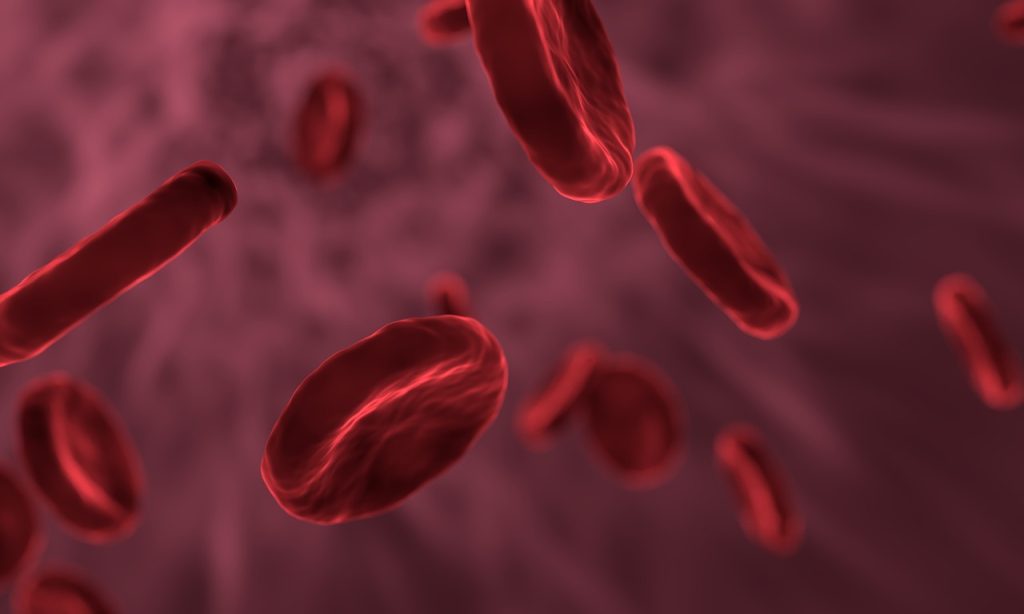Global Study Predicts Disparities, Increases in Men’s Cancer Cases and Deaths
Results indicate the need for efforts to improve cancer outcomes equitably.

In an analysis of 30 cancer types among men, investigators uncovered substantial disparities in cancer cases and deaths by age and countries’ economic status – disparities that are projected to widen by 2050. The study is published by Wiley online in CANCER, a peer-reviewed journal of the American Cancer Society.
Men face higher rates of cancer and cancer-related deaths than women, likely due to various factors including lower participation in cancer prevention activities; underuse of screening and treatment options; increased exposure to cancer risk factors such as smoking, alcohol consumption, and occupational exposure to carcinogens; and biological differences.
To assess the burden of cancer in men of different ages and living in different regions of the world, investigators analyzed 2022 information from the Global Cancer Observatory, which encompasses national-level estimates for cancer cases and deaths for 185 countries/territories worldwide. The projected cancer cases and deaths in 2050 were derived through demographic projections: the researchers multiplied the 2022 age-specific rates with their corresponding population projections for 2050.
In 2022, poorer survival was observed among older men; for rare cancer types such as pancreatic cancer; and in countries with low human development index, which measures health, education, and standard of living.
Between 2022 and 2050, cancer cases are projected to increase from 10.3 million to 19 million, an 84% increase. Deaths are projected to increase from 5.4 million to 10.5 million, a 93% increase, with a greater than two-fold increase among men aged 65+ years and for countries/territories with low and medium human development index.
The research reveals an urgent need to address these trends and ensure equity in cancer prevention and care among men globally.
“A national and international collaboration, as well as a coordinated multisectoral approach, are essential to improve current cancer outcomes and to reverse the anticipated rise in cancer burden by 2050. Implementing and expanding universal health coverage and expanding health infrastructure and establishing publicly funded medical schools and scholarships for training medical and public health staff can improve cancer care and equity,” said lead author Habtamu Mellie Bizuayehu, PhD, of the University of Queensland, in Australia. “Emphasis should be placed on low and medium human development index countries with high unmet cancer service needs despite a significant cancer burden.
Dr Bizuayehu added that improving access to and use of cancer prevention, screening, diagnosis, and treatment options, especially for older men, could also improve cancer outcomes and equity.
Source: Wiley






